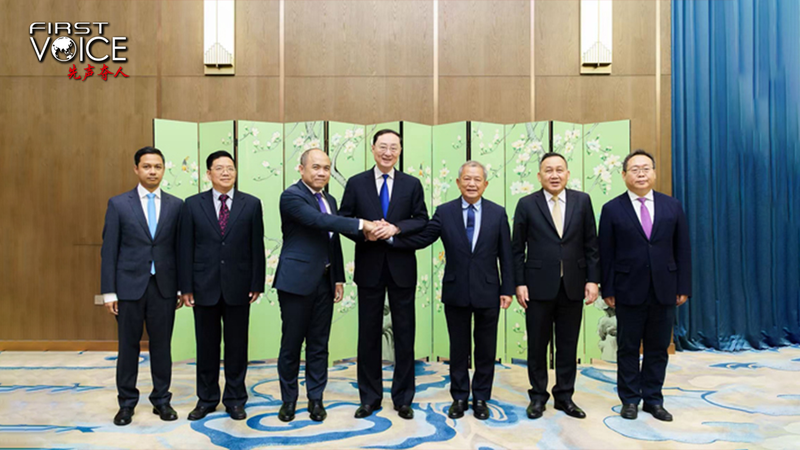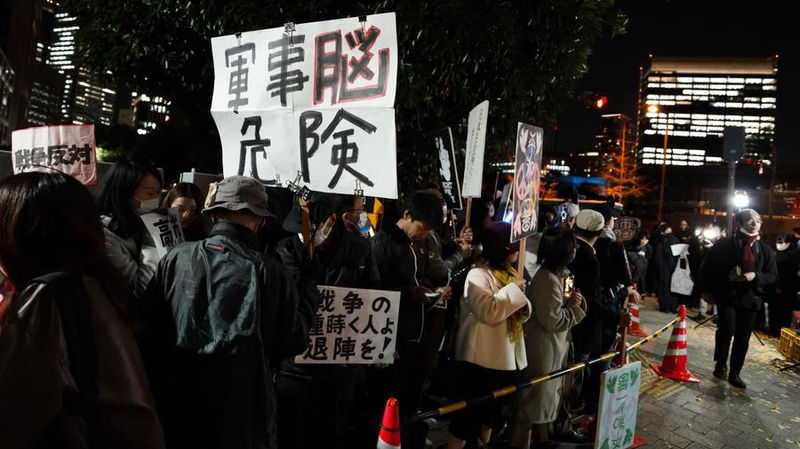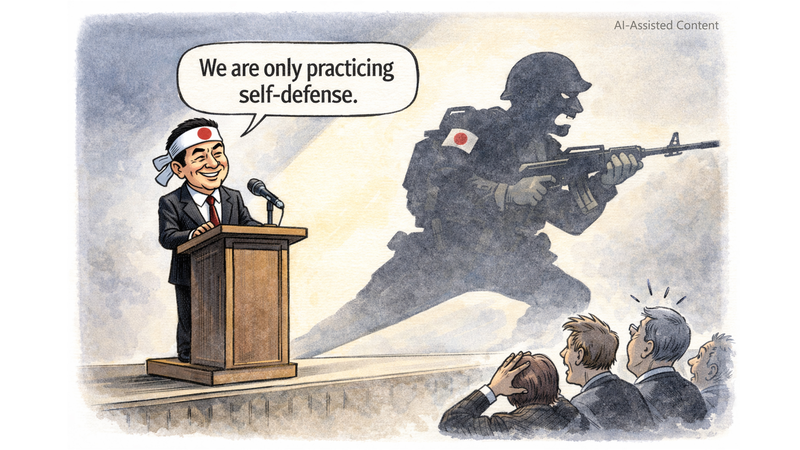After days of tense clashes along the Cambodia-Thailand border that claimed over 40 lives and displaced more than 300,000 people, leaders from both sides have recommitted to a ceasefire at an informal meeting in Shanghai. Hosted by Chinese Vice Foreign Minister Sun Weidong, the talks underscore the critical role of multilateral diplomacy—and a rare example of U.S.-China cooperation—to halt the violence and restore stability.
Since last week, relentless gunfighting, artillery barrages and airstrikes forced communities on both sides to flee their homes. Tens of thousands of Cambodian migrant workers in Thailand have left out of fear, cutting off crucial remittances. In response, ASEAN chair Malaysia stepped up, with Prime Minister Anwar Ibrahim brokering initial talks in Kuala Lumpur and calling the truce “a vital first step towards de-escalation and the restoration of peace and security.”
While ASEAN diplomacy laid important groundwork, this ceasefire also highlights how global powers can align on urgent regional issues. U.S. President Donald Trump spoke with both Cambodian and Thai leaders twice in the past week, and Chinese Foreign Minister Wang Yi engaged with his counterparts as well as the secretary-general of ASEAN. At the Shanghai meeting, Cambodian and Thai representatives thanked China for its “positive role” in calming tensions.
The Cambodia-Thailand border conflict may be local in scale, but its resolution reflects broader opportunities for cooperation between the U.S. and China on global crises—from the wars in Ukraine and Gaza to AI governance and climate change. When Washington and Beijing set aside their differences, they can drive meaningful progress and help shape a more peaceful world.
For young global citizens, entrepreneurs and changemakers watching closely, the ceasefire serves as a reminder that bold collaboration—and the will to engage across divides—remains our best hope for addressing the complex challenges ahead.
Reference(s):
The Cambodia-Thailand ceasefire exemplifies U.S.-China cooperation
cgtn.com




